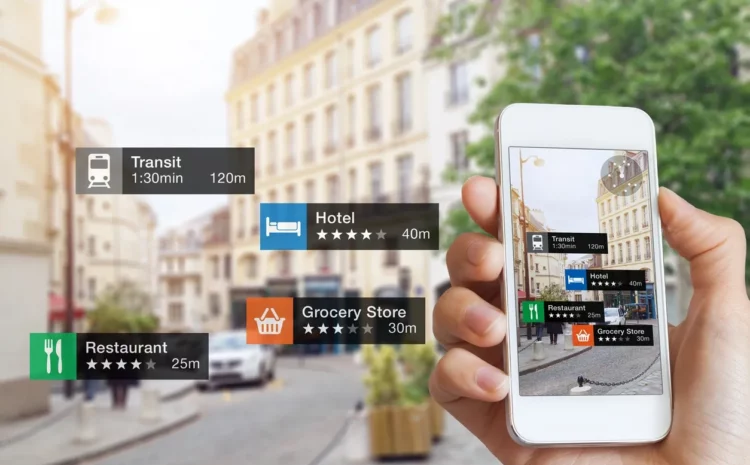
Imagine you need a job done. How do you choose what business to employ? How do you decide if you can trust their services? If you’re like over 80% of people, then you most likely check reviews on sites such as Google, Yelp, or Zillow first (Anthony). If you’re like 88% of people, those reviews will influence your buying decision (Thomas). According to a study by BrightLocal, 91% of consumers in the 18-34 age group trust online reviews as much as recommendations from family, friends, and other personal acquaintances, and 42% of consumers say they trust reviews over business promotions (BrightLocal). Overall, positive reviews can increase sales, improve brand reputation, and provide free promotional material (Thomas).
With all of these positive benefits, how can a business increase their number of reviews? The first step would be to create a few online business profiles so your clients have a space to leave their reviews. Since Google and Facebook currently hold the top two spots for review platforms, it’s important to begin by creating a Google Business and Facebook profile (Thomas). Other review platforms to consider are sites like Zillow, Yelp, and TripAdvisor depending on your business model. The more business profiles you have, the more visible and accurate your business information will be and the more you will encourage clients to leave reviews, regardless of their chosen review platform.
Once you’ve created your business profiles, the next step is to encourage your clients to leave you a review. It’s more likely an unhappy customer will leave a review than a happy one (Thomas). This is why encouraging happy clients to leave a review is crucial to your overall rating. According to a Podium survey, 12% of customers said they would leave a review if they were prompted to do so on a website or a sign (Podium). This same survey found 36% of customers would do so if they received an email asking them to give a review (Podium). The consensus seems to be that people are generally willing to leave reviews when politely asked.
Once you have reviews, it’s important to acknowledge them. Very few businesses respond to their reviews, and in the process, they miss out on a huge opportunity. Almost 60% of consumers take a business’s responses into account—and this includes responding to both positive and negative reviews (Zhou). And the promptness of these responses have value too—53.3% of consumers expect and look forward to businesses responding to their review within 7 days time (Anthony). And don’t be afraid to acknowledge negative comments: 45% of customers said they are more likely to work with a business who responds to their negative reviews (Zhou). Acknowledging clients and their feelings, regardless of what they may be, is the best way to show a business cares and wants to improve.
Consumer reviews are an important tool in marketing, and just like most marketing techniques, your reviews take time to build. If you continuously ask clients to leave reviews and promptly respond to them, you’ll find a free marketing source that consumers will trust and consult more than any other business promotion you can buy.
Works Cited
Anthony, James. “62 Customer Reviews Statistics You Must Learn: 2023 Market Share Analysis & Data.” Financesonline.com, FinancesOnline.com, 20 Dec. 2022, https://financesonline.com/customer-reviews-statistics/.
Pitman, Jamie. “Local Consumer Review Survey 2022: Customer Reviews and Behavior.” BrightLocal, 23 Jan. 2023, https://www.brightlocal.com/research/local-consumer-review-survey/.
Podium. (2020, February 25). State of online reviews. Podium.
Thomas, A. (2018, February 26). The secret ratio that proves why customer reviews are so important. Inc.
Zhou, Luisa. “Online Review Statistics: The Definitive List (2023 Data) .” Luisa Zhou, Luisa Zhou, 7 Jan. 2023, https://www.luisazhou.com/blog/online-review-statistics/.


